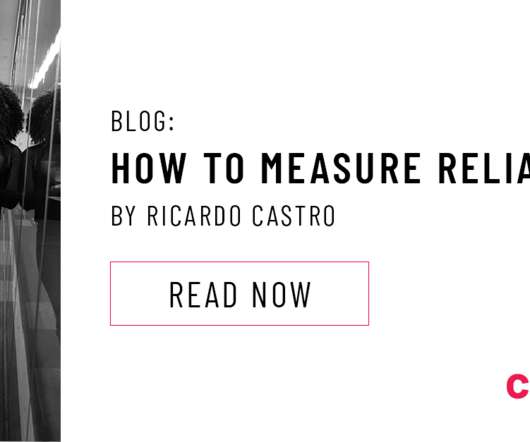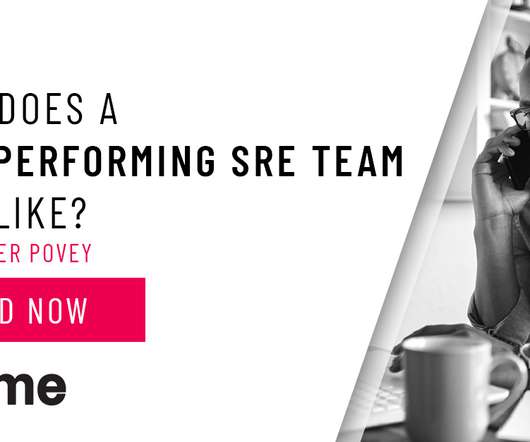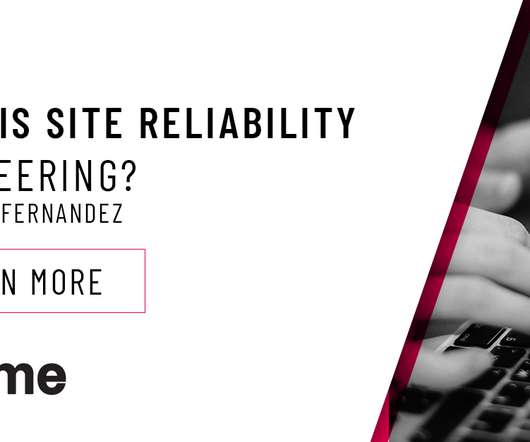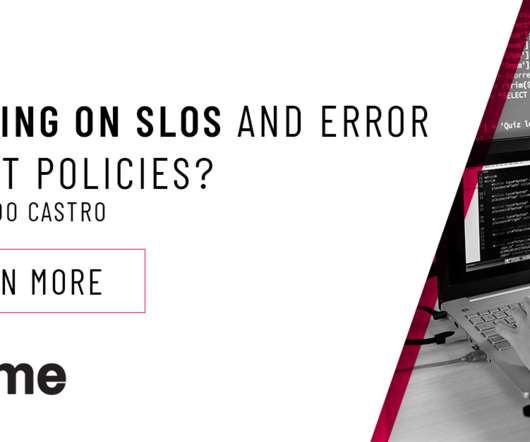How to Measure System Reliability
Cprime
NOVEMBER 10, 2021
In other words, an SLI defines what matters to users, while a Service Level Objective (SLO) defines how many times it has to be achieved for users to be happy with the service. A good example of an SLO would be: 99% of requests to a service need to be responded to within 200ms within a 30 day period. Service Level Objectives.













Let's personalize your content